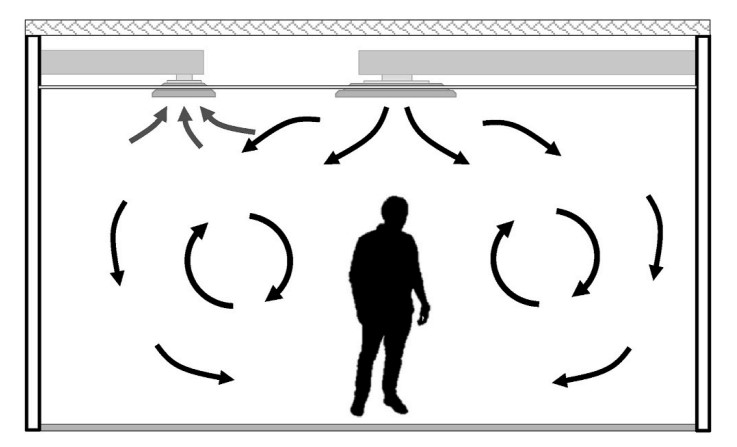Ventilation solutions for hospital wards: a systematic review

Different ventilation systems in hospitals can help to ensure improved patient outcomes and the well-being of healthcare workers. A recently published study reviews how different ventilation systems perform in this regard.
Despite various preventive interventions, nosocomial cross-infection remains a significant challenge in healthcare facilities worldwide. Consequently, prolonged hospitalization, elevated healthcare costs, and mortality rates are major concerns. Proper ventilation has been identified as one of the possible interventions for reducing the risk of cross-infection between patients and healthcare workers in hospital wards by diluting infectious agents and their carrying particles. The use of air cleaners in conjunction with the ventilation system further reduces the concentration of indoor pathogens. The recently published article A systematic review of ventilation solutions for hospital wards: Addressing cross-infection and patient safety by Nourozi et al. presents a systematic review of the ventilation solutions employed in hospital wards where pathogen removal performance can be enhanced using air-cleaning techniques while maintaining the thermal comfort of patients and healthcare staff. A comparative analysis of the performance of different ventilation strategies adopted in one-, two-, or multi-bed hospital wards is provided. Additionally, the parameters that influence the aerosol removal efficiency of ventilation systems is discussed, and various air-cleaning technologies that can further complement the ventilation system to reduce contaminant concentrations are reviewed.
Access the full study via this link: doi.org/10.1016/j.buildenv.2023.110954


